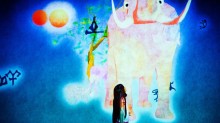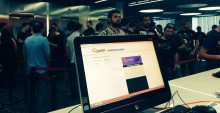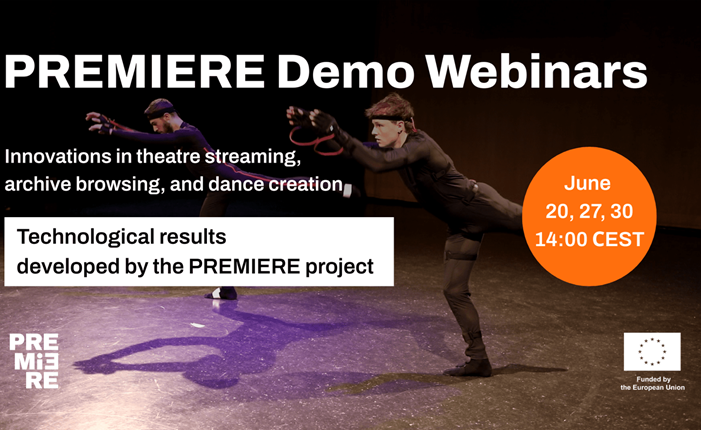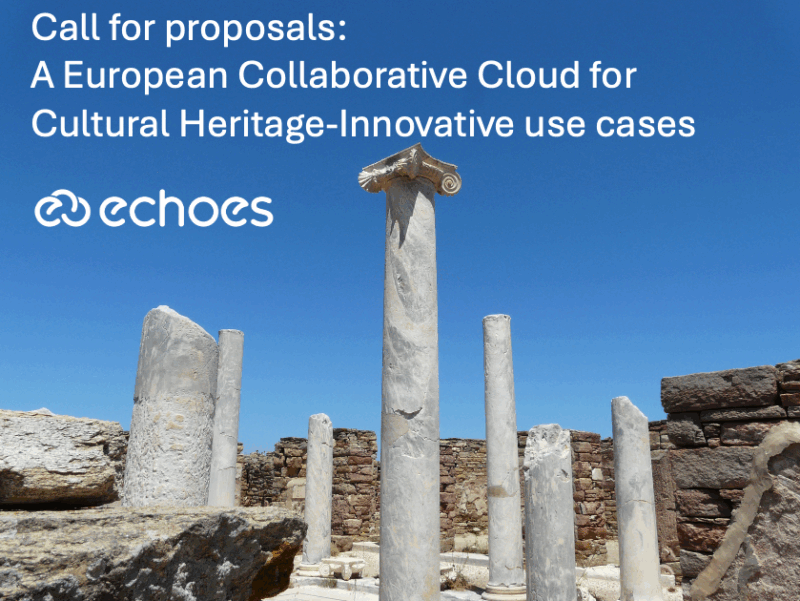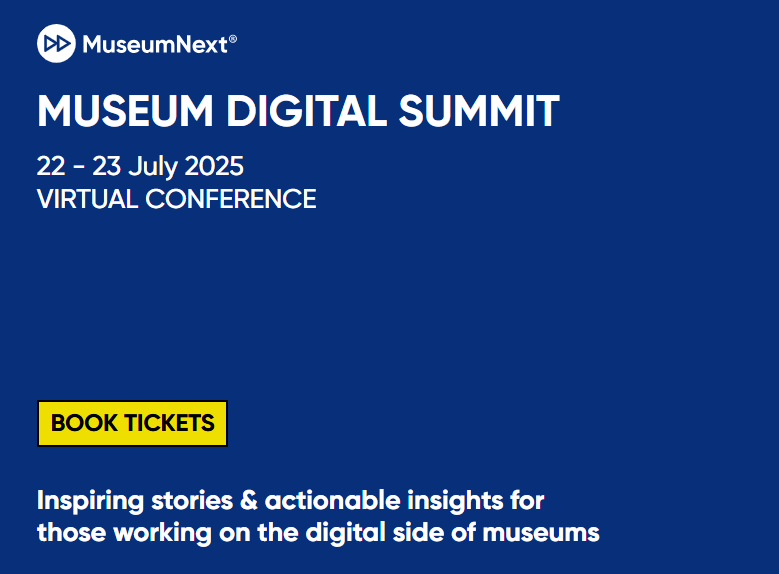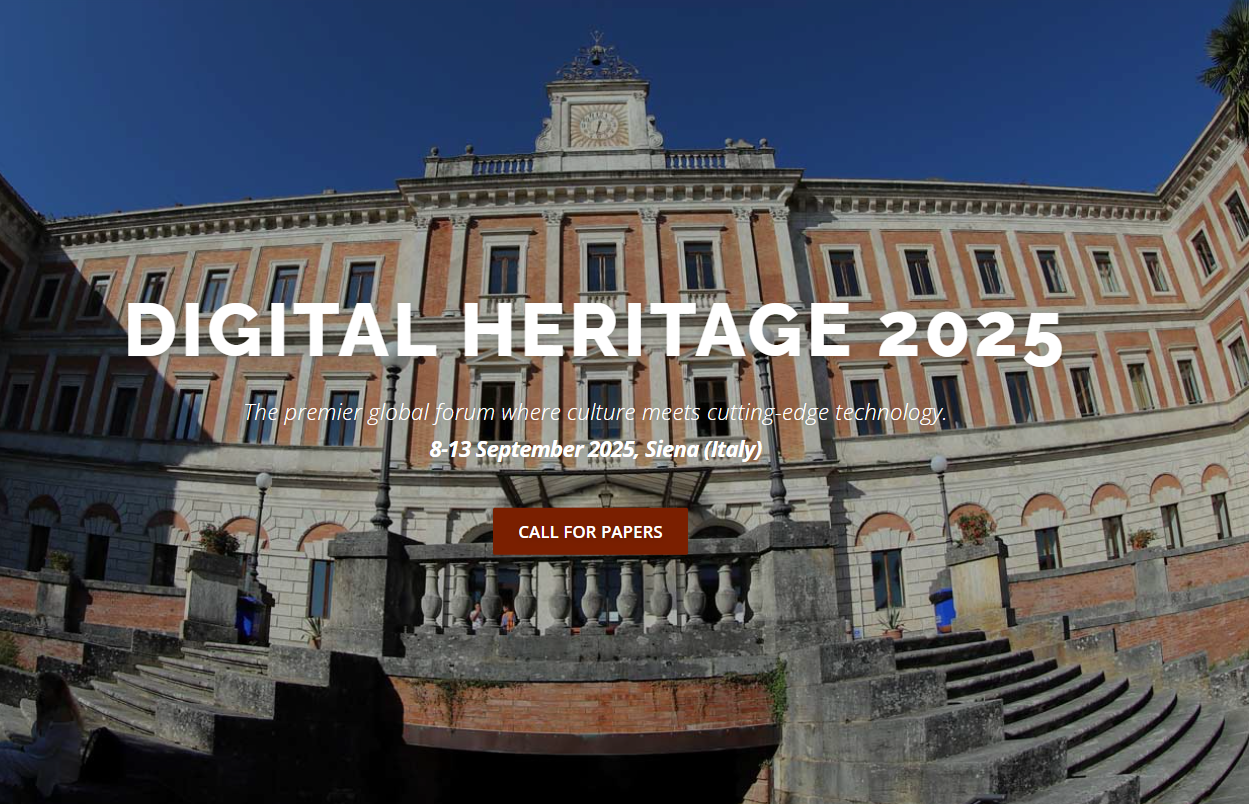-
Join the
Digital Meets Culture
Newsletter! -
Join the
Digital Meets Culture
Open Newsroom! If you have interesting news and events to point out in the field of digital cultural heritage, we are waiting for your contribution.
If you have interesting news and events to point out in the field of digital cultural heritage, we are waiting for your contribution.
-
Free text
-
-
Upcoming events
-
 Collaboration agreement has started between the SECreTour project and Studio Macaco in June 2025
Collaboration agreement has started between the SECreTour project and Studio Macaco in June 2025The SECreTour Network is growing! Studio Macaco has joined the SECreTour Network of Common Interest. Studio MACACO (Ludens Sagl) is a Swiss-based creative software company focused on developing interactive digital experiences for the tourism and cultural sectors. Through the use … Continue reading →
 Collaboration agreement has started between the SECreTour project and the Municipality of Morcote in June 2025
Collaboration agreement has started between the SECreTour project and the Municipality of Morcote in June 2025The SECreTour Network is growing! The SECreTour Network of Common Interest is enriched by the participation of the Municipality of Morcote. As historic monumental medieval capital of the lake of Lugano, Morcote is part of the Amphitheatre of the San … Continue reading →
Topic: computer animation
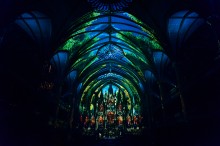
Aura is an immersive sound, light and video projection-mapping experience, staging in Montreal’s landmark Notre-Dame Basilica. The viewer is absorbed in a spectacle in which the Basilica’s grandiose architecture is enriched with a layer of augmented reality and spatialized orchestral … Continue reading
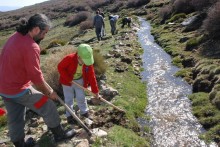
Memola project studies the formation process of historical landscapes in relation to the use of natural resources, especially soil and water, in order to define strategies for the conservation, diffusion and connection between cultural heritage and environment. The project produced … Continue reading

September 7-11, 2017, Linz will host an exciting, comprehensive confrontation with the reality and the vision of artificial intelligence. Symposia, exhibitions, performances, workshops and artistic interventions will elaborate in depth on its cultural, psychological, philosophical and spiritual dimensions. Consideration of the … Continue reading

OJOO consists of an app to play games, and a Design Studio to create games, even without any technical skills or knowledge! If you know how to type text and upload a picture, you’re all set. And once you have … Continue reading
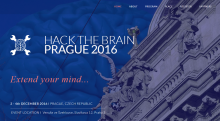
“Hack the Brain Prague” is a hackathon designed for people whose interests center either on the worlds of science or of art or have an interest in both, with an emphasis on connecting creative people and giving them the chance … Continue reading
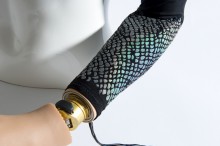
Ars Electronica Linz was selected to conduct the competition to determine the first two recipients of an award launched this year by the European Commission that is as prestigious as it is highly endowed. The STARTS Prize, each accompanied … Continue reading
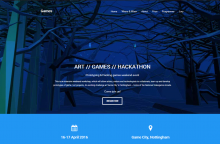
The ART // GAMES // HACKATHON was an intensive weekend workshop, which will allow artists, coders and technologists to collaborate, team up and develop prototypes of game art projects. This exciting event took place at Game City in Nottingham – home of the … Continue reading
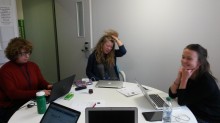
by Rosemary Cisneros, Coventry University The Europeana Space Games Pilot held its first user tests Wednesday, January 27th 2016 at Coventry University. Participants met at the Institute for Creative Enterprise (ICE), a building that brings together researchers, graduates, businesses and enterprise to support … Continue reading


